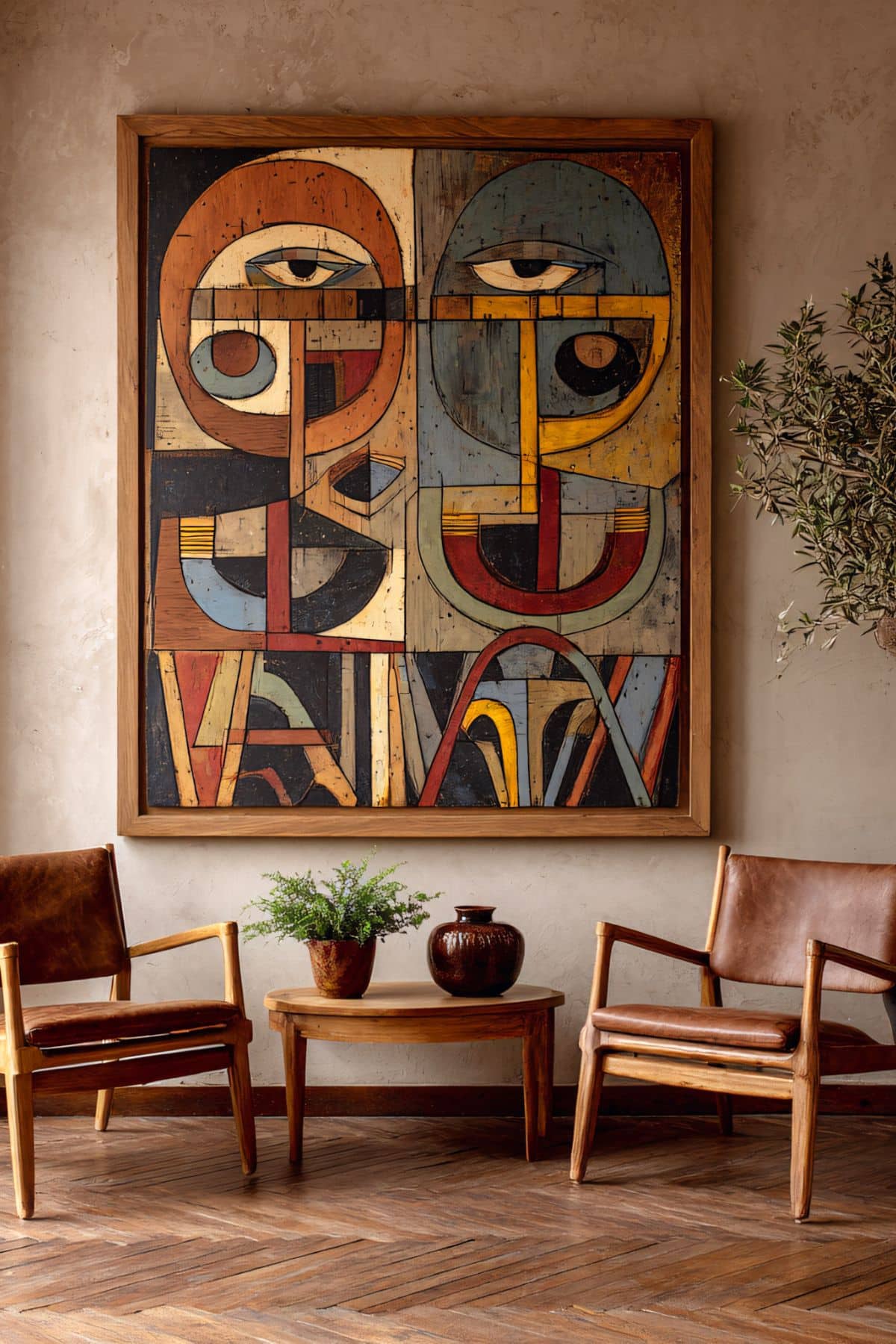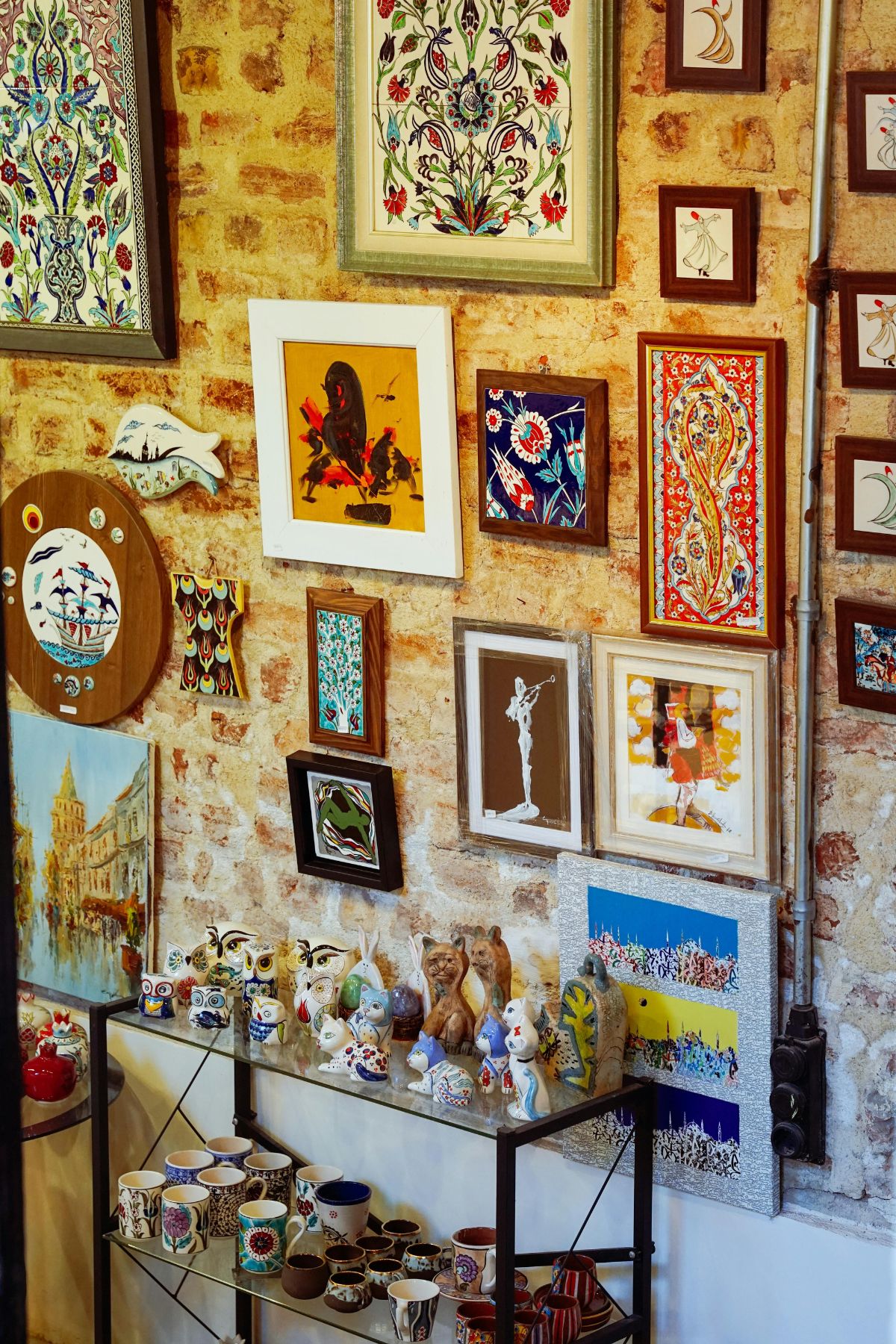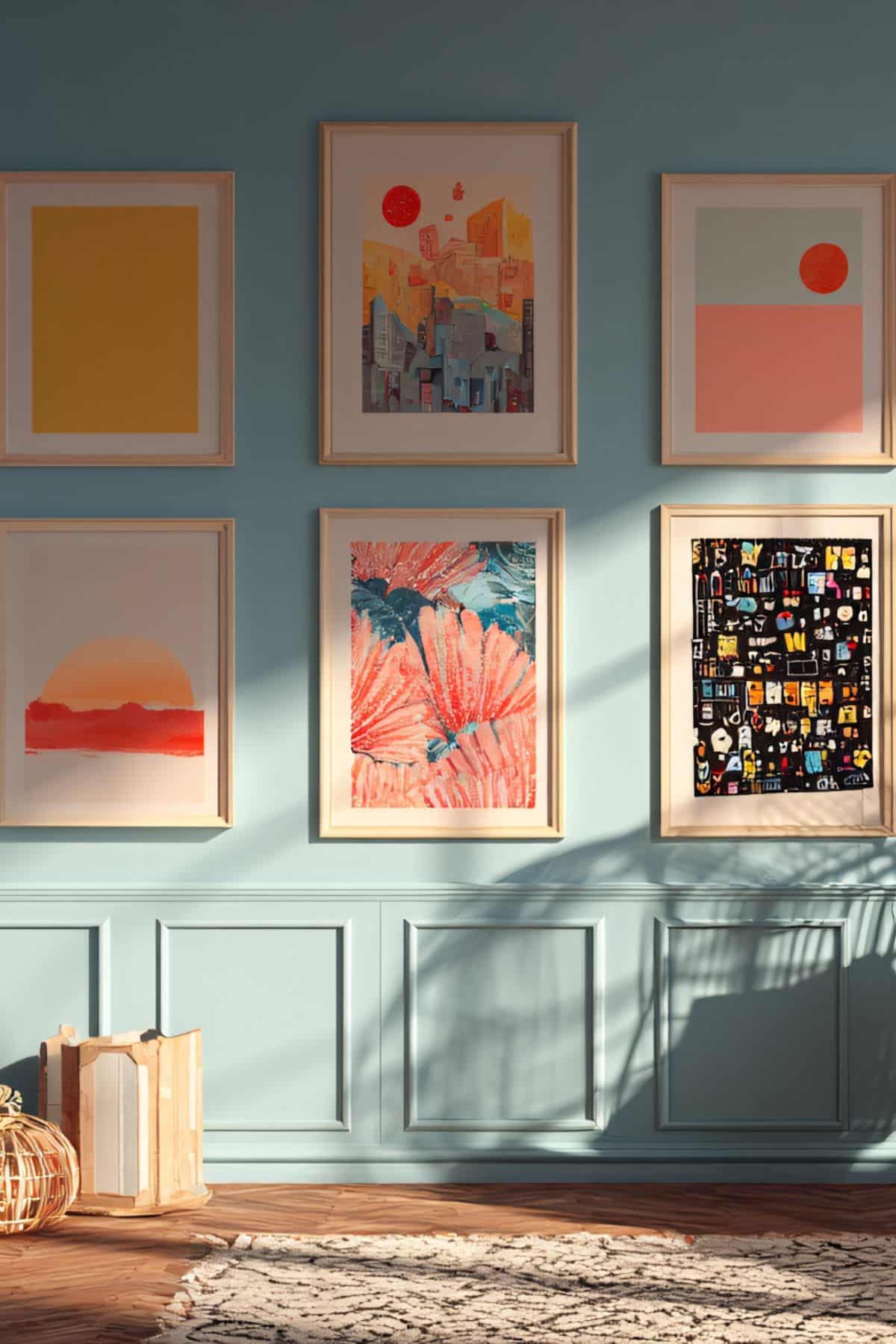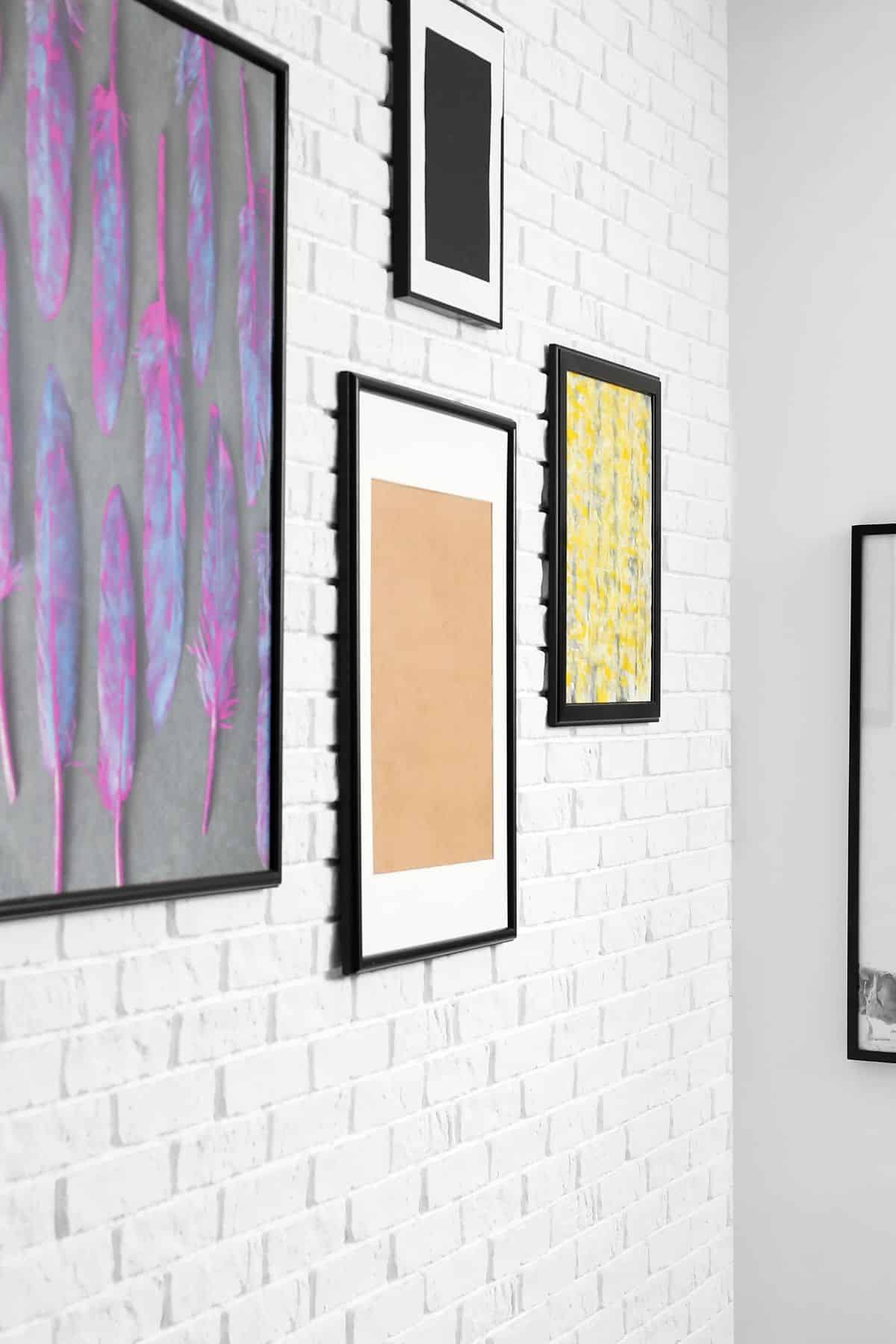
Personal art has a unique power to make a home feel truly yours, yet it can sometimes appear casual or unfinished if not thoughtfully presented.
With careful choices in materials, layout, and finishing touches, even the simplest sketches or photographs can feel intentional, sophisticated, and gallery-ready.
Elevating your personal creations isn’t about abandoning their charm, it’s about presenting them with the same care a designer would, so your walls reflect both personality and style.
Choosing the Right Medium and Presentation
The way you present personal art can dramatically change its impact. Consider the medium carefully—sketches, prints, or photographs each bring a different feel to a space.
Framing plays a key role; simple, clean frames often look more polished than ornate or mismatched options. For photography, printing photos on canvas adds texture and depth, transforming snapshots into statement pieces that feel gallery-worthy.
Think about scale, too—larger pieces can anchor a room, while smaller works work best in curated groupings. Thoughtful presentation ensures your personal creations feel intentional and designer-led.

Colour and Composition
Colour and composition are key to making personal art feel cohesive and professional. Choosing a consistent colour palette across your pieces helps create a sense of harmony, even if the styles or mediums differ.
Think about how each piece interacts with the surrounding space: balance bold colours with neutrals, and allow breathing room around intricate designs.
Composition matters too—arranging works symmetrically can create a formal, gallery-like effect, while asymmetrical groupings feel dynamic yet intentional. Using mock-ups or simple software tools to visualise arrangements before committing can save time and ensure a polished result.

Mixing Personal Pieces with Curated Elements
Blending personal creations with curated or designer-led elements elevates the overall look. Combine your sketches, prints, or photographs with limited-edition prints, commissioned artworks, or even carefully chosen decorative objects.
Strategic placement is important: larger or bolder pieces can anchor a wall, while smaller works or subtle accents fill gaps and create flow.
This approach transforms individual items into a cohesive display, making your art feel deliberate and considered. For those mindful of spending, incorporating budget-friendly wall decor alongside your personal pieces allows you to maintain style without compromising quality or impact.

Quality of Materials and Finishes
Even the most creative work can feel amateurish if the materials are subpar. Investing in high-quality paper, inks, or canvas instantly elevates a piece.
Mounting, matting, and varnishing add a professional finish, giving personal art a gallery-ready presence. Subtle textures or finishes can also add depth and sophistication—consider metallic or matte coatings to highlight certain details.
Small details, like matching frame colours or uniform spacing, reinforce a designer-led approach, making the collection feel intentional rather than improvised.
Cohesion and Storytelling
A polished display isn’t just about materials; it’s about narrative. Curate your art with a theme in mind—colour, subject, or emotional resonance can tie pieces together.
Grouping works thoughtfully helps viewers understand the story you’re telling, turning simple sketches or photographs into a visual journey. Even highly personal items gain a designer-led aura when arranged with cohesion, creating a sense of rhythm and flow across the space.
The goal is a curated feel where every piece has purpose, and the overall display appears effortless yet considered.
Personal art has the power to transform a space, but it reaches its full potential when presented with intention.
Thoughtful choices in medium, colour, layout, and finish turn casual pieces into polished, designer-led displays. Whether it’s photos on canvas, curated groupings, or a touch of budget-friendly wall decor, the key is cohesion and attention to detail.
With these strategies, your walls can tell a story that reflects both personality and style, creating a home that feels thoughtfully designed and uniquely yours.
